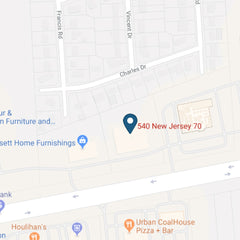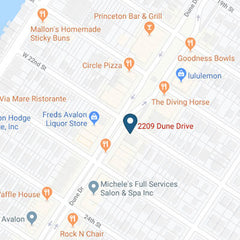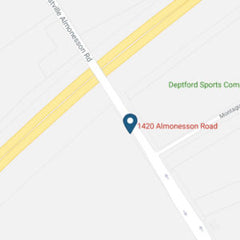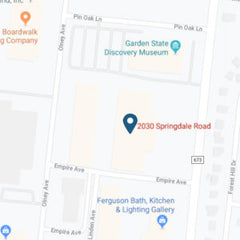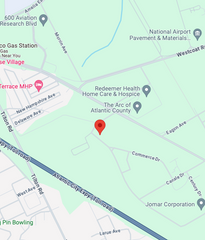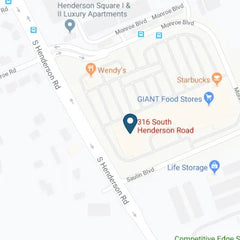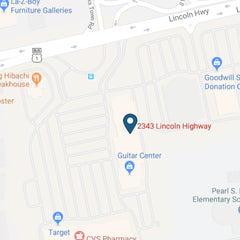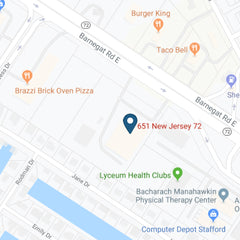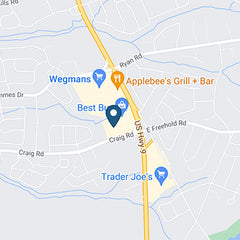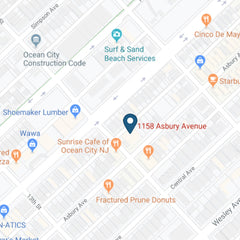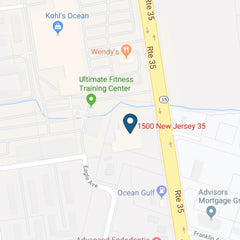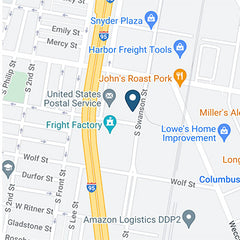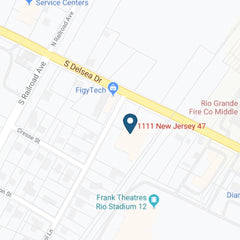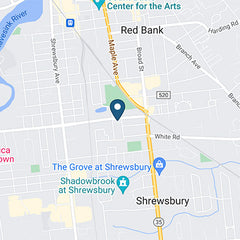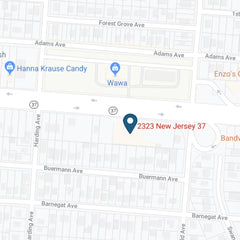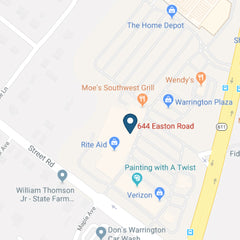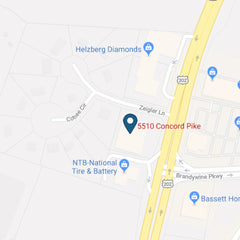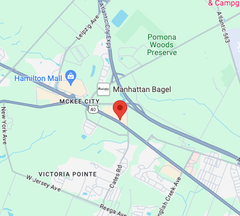There are many flooring options out there, but nothing beats the warmth and charm of a wooden floor. It has a long tradition of luxury and a timeless beauty. If you're thinking about buying one but are put off by the potential wear and tear and high maintenance, another option to consider is engineered hardwood flooring.
What is engineered wood flooring, and is it the best option for your space? We have some important and helpful essentials to keep in mind as you consider engineered wood floor options.
How is Engineered Hardwood Made?
Unlike conventional hardwood, which comes straight out of a tree and into your home, engineered hardwood flooring is a more complex product that consists of several layers. The outermost layer is a hardwood veneer, which is a thin slice of wood (about less than 1/8") of whatever species you prefer. The inner layers are made of plywood, high-density fiberboard or hardwood. The core layers make the product more stable than regular solid hardwood, while the outer veneer layer adds beauty and authenticity.

Since their invention in the 1960s, engineered hardwood floors have improved in appearance and performance. They are available in dozens of wood species, and now with new surface effects, such as hand scraped, these boards now look just right in any style house, whether it's a vintage, 70's retro style, or even contemporary!
Where Can You Lay Engineered Wood Flooring?
Engineered wood flooring, unlike solid hardwood flooring, is suitable for basically every room in the house. It's perfect for high traffic areas, such as hallways and living rooms. Some engineered floors can even be safely used in spaces that solid hardwood isn't recommended, like bathrooms and basements which have higher than normal moisture levels.
What Types of Engineered Hardwood Are Available?
When selecting engineered hardwood, it is important to consider the different finishes, surfaces, and thicknesses available to make the right choice for your home. Engineered wood flooring is available in a number of styles to fit your home's aesthetic.
Finish
There are a number of finishes available on the market today. One kind is a brushed finish, which helps show the texture of the grain. Another is the distressed finish which gives it a nice antique look.
Surface
The surface treatment also varies. For instance, an oily surface brings out the grain of the wood but requires more care than lacquers. Lacquers come in matte and satin finishes. Matte lacquer gives a very natural look, and the satin finish increases the durability of the wood.
Thickness
The range of thickness for engineered wood ranges from 3/8" – ¾". If the flooring is thinner, then it can't be refinished, and depending on the traffic the space gets, its lifetime can last from 20-30 years. The thicker the flooring, the longer it will last. The top layer is the thicker part, which will help you to sand and refinish only about 2-3 times during its long lifetime. So, depending on if you go thicker and again the traffic your space goes through, it could even last 40-80 years. It's a win no matter what!
Now that you know a bit more about engineered hardwood, check out our engineered wood flooring options to find the best choice for your home!


